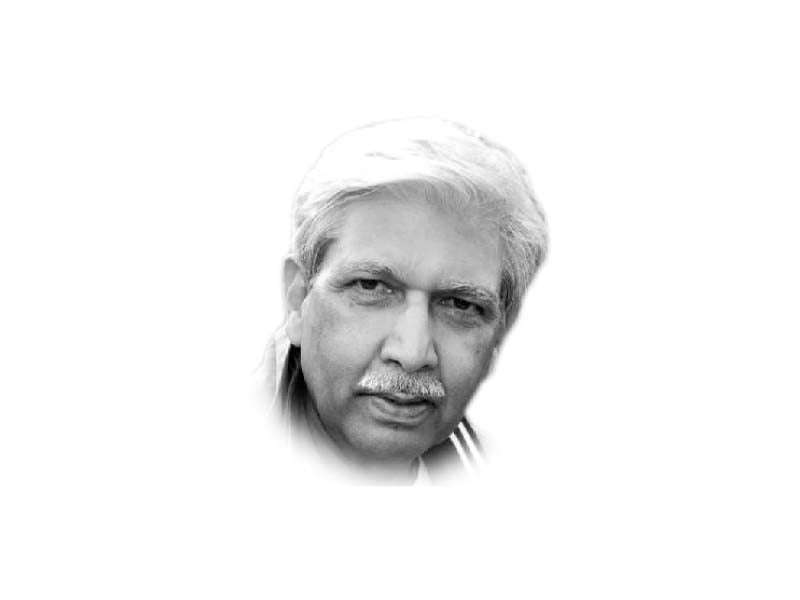
One cannot truly trust stats especially those coming out of the government but if these are not contrived out of thin air there isn’t all doom on the front of PTI’s economic governance. Yes, they have stumbled and been hardheaded and recalcitrant and faced off corrective criticism with foolhardy defiance of misplaced bravado but they did get some things right in the end.
The Prime Minister in his last ‘meet the nation’ interaction laid out three positives in the economy: that the farmers had earned 1400 billion rupees more in their annual earnings – that is the money that is directly fed into the rural economy and ends up in the purchase of tractors and motorcycles and in greater input cost for the next crop and in improving farming and watering methods. But 1400 billion rupees when spread over 60 per cent of the labour force and its dependent population in a mass of 220 million in pro rata division is only infinitesimal and thus inconsequential. But a gain alright which typically moves the wheels even if so slowly in a capital-market system.
The next biggest gain, per the prime minister, was in corporate profits which amounted to around a 1000 billion. Given the lack of transparency and a very poor declaratory culture of gains and profits in the country among this class to avoid tax one may consider this number to be larger but a government will make a song and dance about it to count it an achievement. Suffice to say that the corporate world made significant gains. This isn’t out of sorts since all over the world corporates have multiplied their earnings in a locked-down world.
This may be the most surprising finding of the Covid experience but savings and assets and lavish stimuli added to every pocket especially in the developed world. Without the usual avenues to expend it became a reservoir of unspent capital that human instinct used as an escape from the stringent health and regulatory regimes in an online spending spree under locked down conditions. Large suppliers of merchandise gained and multiplied their earnings. Health and big Pharma were the other gainers. And when the restrictions were lifted the spenders went wild in buying heavy-duty, high-ticket items: houses are 20 per cent costlier in the US; cars and vehicles have seen an increase as buyers have crowded options out – other reasons include a stuttering supply-side and a critical parts and microchip shortfalls.
The flip side of it all is a pervasive and ramping inflation which has hurt one and all. Commodities are the most affected in supply-side shortages hitting low-paid individuals and families adversely. The slowdown that might ensue because of added burden of debt-based stimuli coupled with steep inflation may lead to a depression that may force the world into an economic freeze. As novel as the virus is its long-term effects on economies and societies can upturn known order. Back in Pakistan we continue to reel under most of these phenomenon as well as an opportunity for the government to kickstart the economy which had lain stagnated in the first couple of years under PTI. Economic activity resurged after a two-year hiatus caused by a shrinking economy, an unsure and a confused government policy on exchange rate and rupee-dollar parity, and an almost complete shutdown of imports on which ran most economic activity. A raging Covid further complicated and saturated government’s responses.
The government first stumbled on a partial lockdown option to save from organisational inadequacies and administrative inefficiencies in sustaining lives under a lockdown and saved itself from a social upheaval and a complete breakdown of order. Implicitly it enabled sufficient freedom for society to keep functional. A blessing in disguise, it enabled basic economic sustenance even if the larger economy stood stagnated. A social-safety net created to provide for the lowest in the social strata with some additional resource became a stimulus of sorts. In a mid-course correction the government opened the economy to imports and that generated sufficient activity to mimic economic rebound and vigour. Large scale manufacturing grew over the last year by almost 10 per cent; but this was from a very low base to which industry had dropped in the preceding years. Yet, to find some sustenance of economy in a traditionally laggard sector like the LSM is remarkable.
Two other PTI achievements include its social safety-net programme under ‘Ehsaas’ composed of individual handouts to health cards to a youth training programme which has directly and indirectly delivered cash sustenance to those qualifying from the lower strata. In a Covid stricken period where economy dwindled into cessation and poverty multiplied through job losses, handouts were the saviour to some. It was money deducted from precious resource though, adding to debt without significant contribution to the economy. Government’s handling of the Covid through an apex committee – the NCOC – was the other unqualified success. It brings home the power of organisation and order and its capacity to influence outcomes; the missing elements in PTI’s governance.
Other than Covid management which was a composite civ-mil effort each of the rest were default fallouts which either righted themselves under prevailing challenges or were course-corrections after lessons got learnt. That the corporate sector or the industrialists and the big farmers seem to have been the exceptional gainers of these positives was a consequence of a lack of reform and restructuring in the economic management system which denied the spread of gains to all sectors of the society. Tax regimes and culture remain afflicted with lethargy and lack of political will. The most to suffer was the middle class which remained unattended and at the mercy of winds which buffeted from one job loss to another and from one inflationary escalation to the next. This segment of the population is also the largest and hence the single biggest headache to Imran Khan’s and PTI’s political prospects. Every politician always pays for his economic laggardness at the polls.
What could have the PTI done to avoid this consequence? Within its capacity it failed to muster the kind of organisational and administrative acumen that could have saved the day for it against some of the heaviest head-winds in recent times. Its leadership betrayed a lack of basic understanding of the economy and kept chasing a chimera in parliamentary politics which literally threw them to the wolves. It either did not possess the human capital needed to navigate through turbulent waters or simply were too arrogant to borrow some to ease nation’s collective pain. It failed to reform and restructure any part of our social and economic existence. That a capitalist system – world over – has exhausted its run and is hitting its back-stop, complicated by the rise of the ultra-right, is something for the world to eschew but the PTI only suffered the short end of it in consequence. There is a lot that the PTI needs to right to survive in a rapidly changing global and national environment. Can it and will it?
Published in The Express Tribune, January 28th, 2022.
Like Opinion & Editorial on Facebook, follow @ETOpEd on Twitter to receive all updates on all our daily pieces.








1729685382-0/Untitled-design-(57)1729685382-0-270x192.webp)
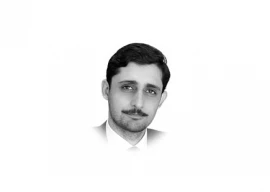



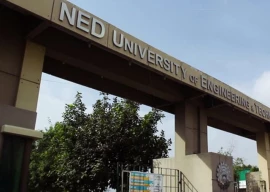
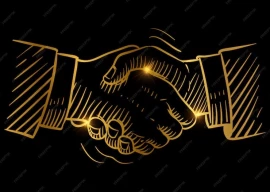
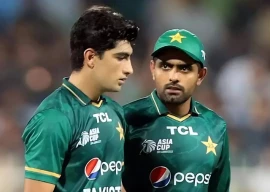
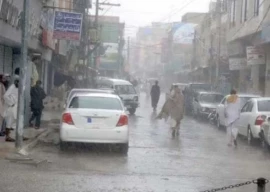



COMMENTS
Comments are moderated and generally will be posted if they are on-topic and not abusive.
For more information, please see our Comments FAQ